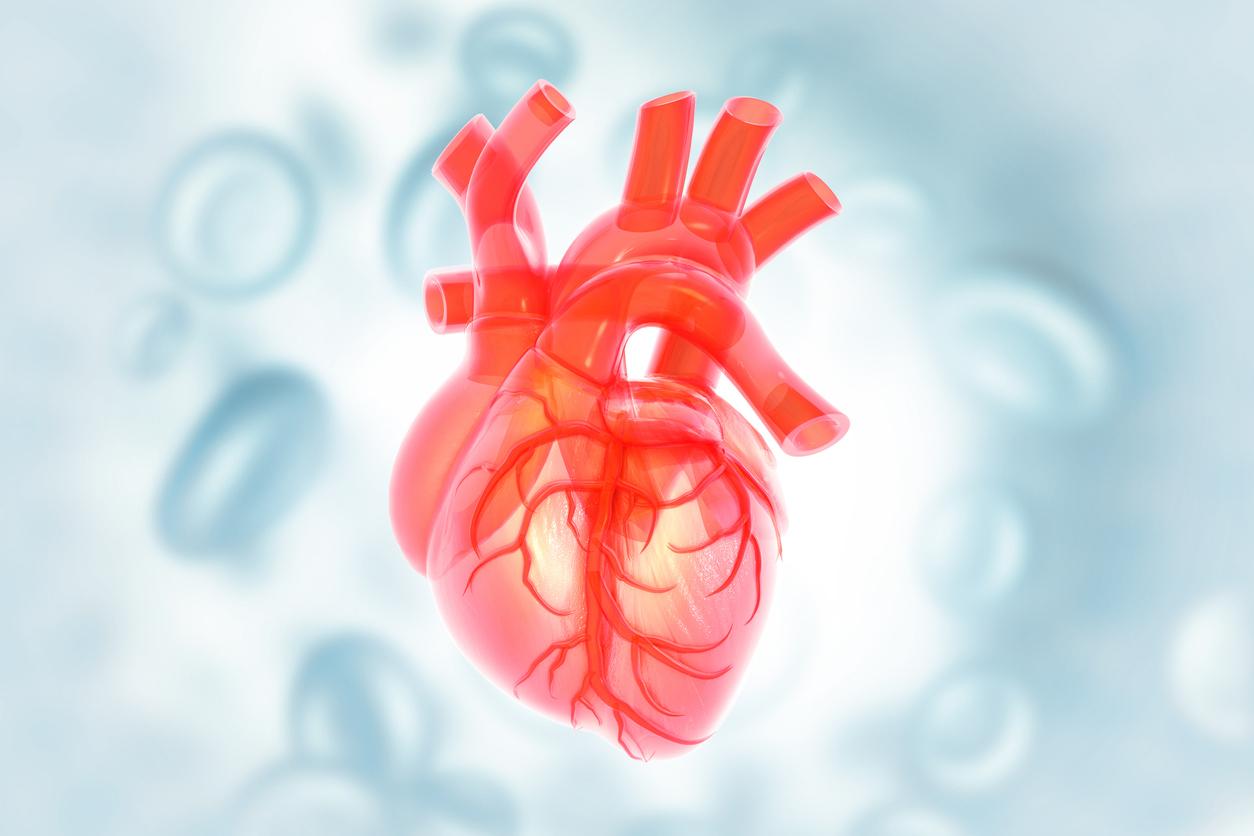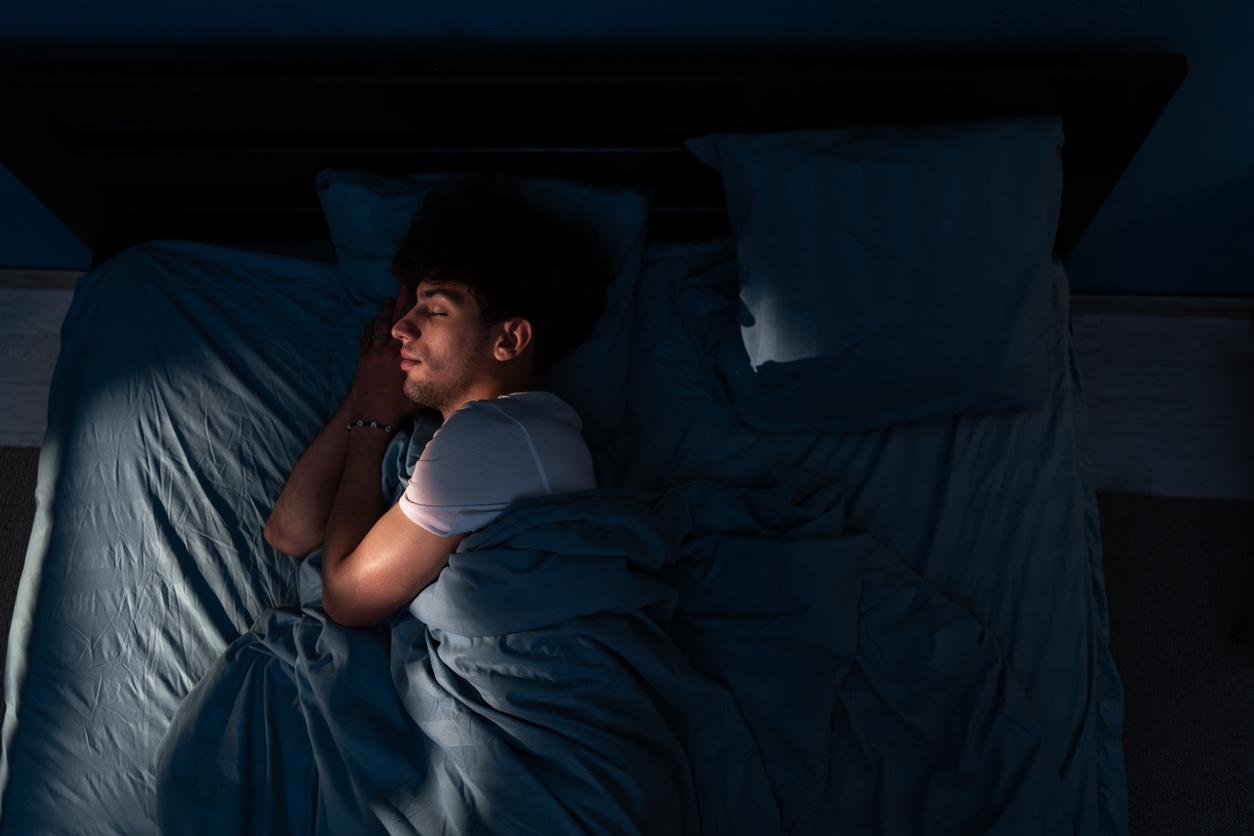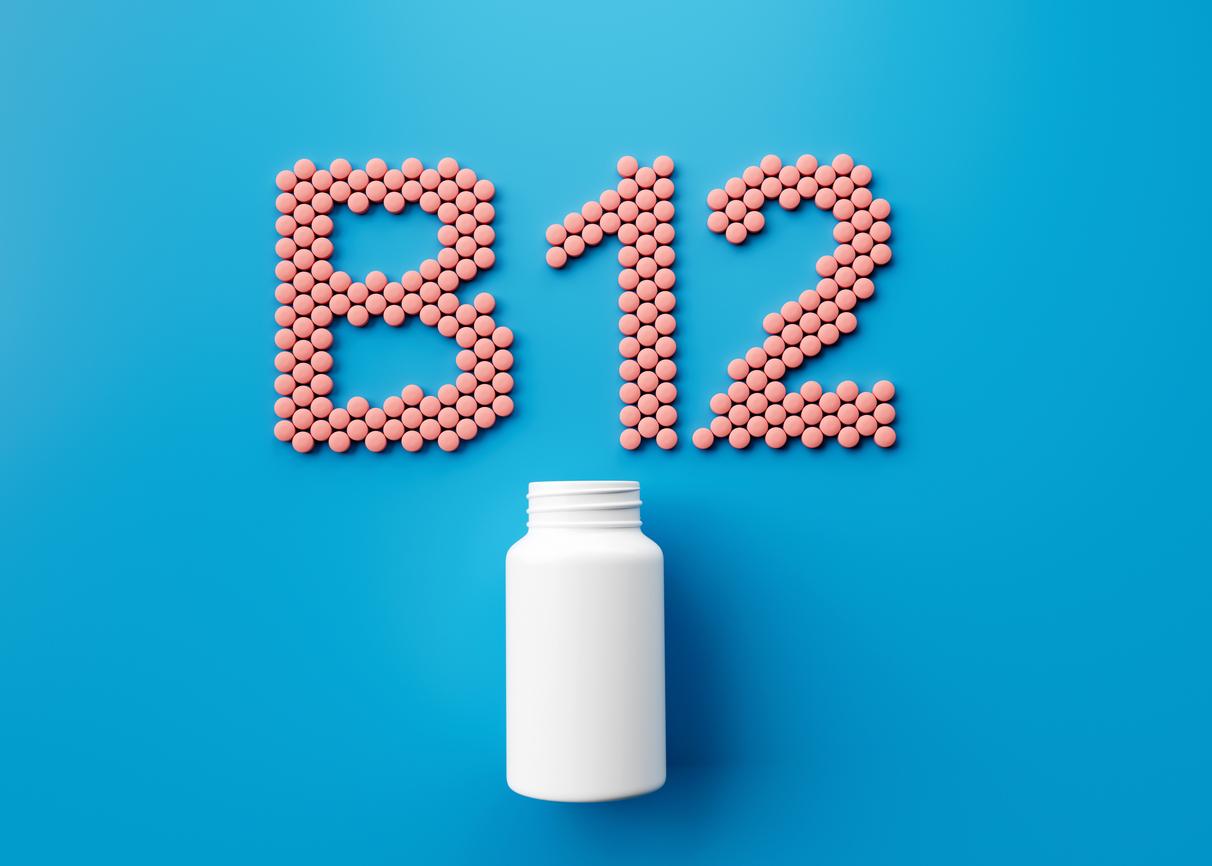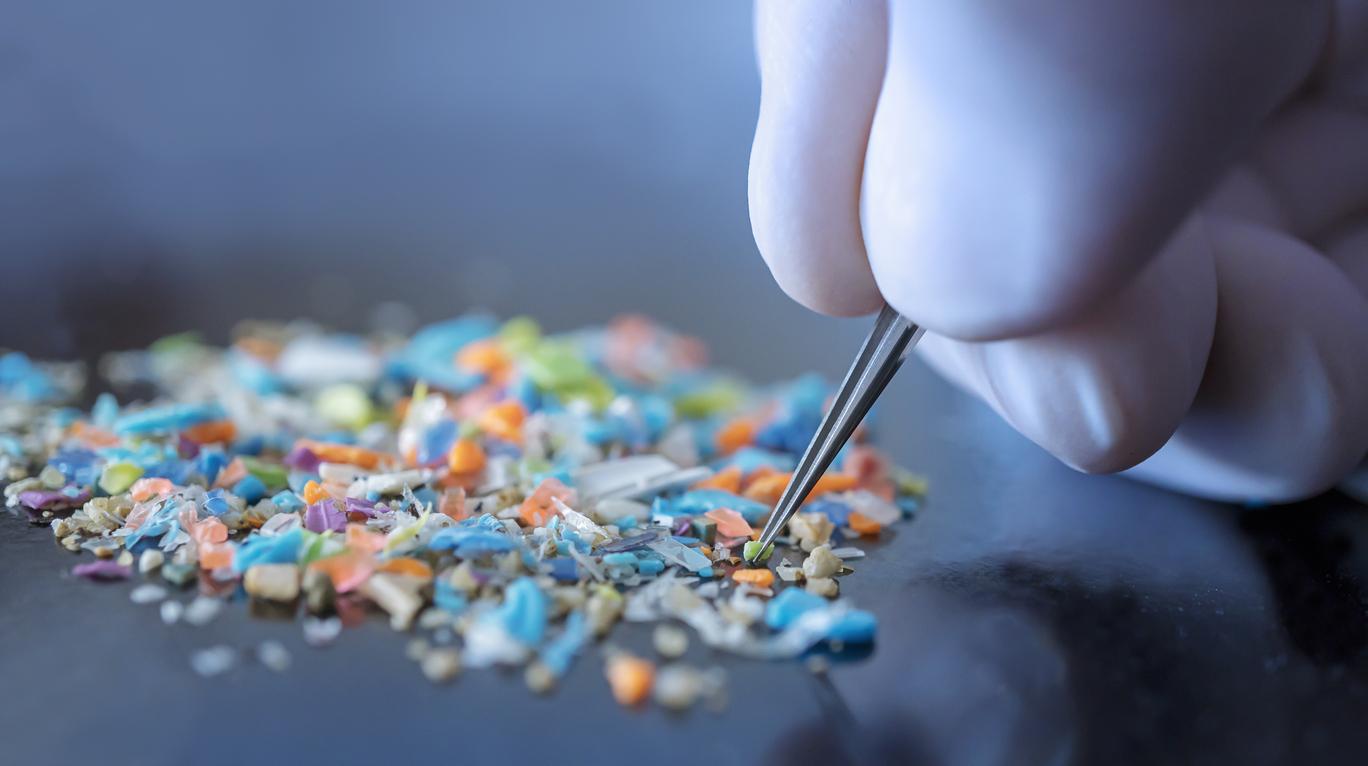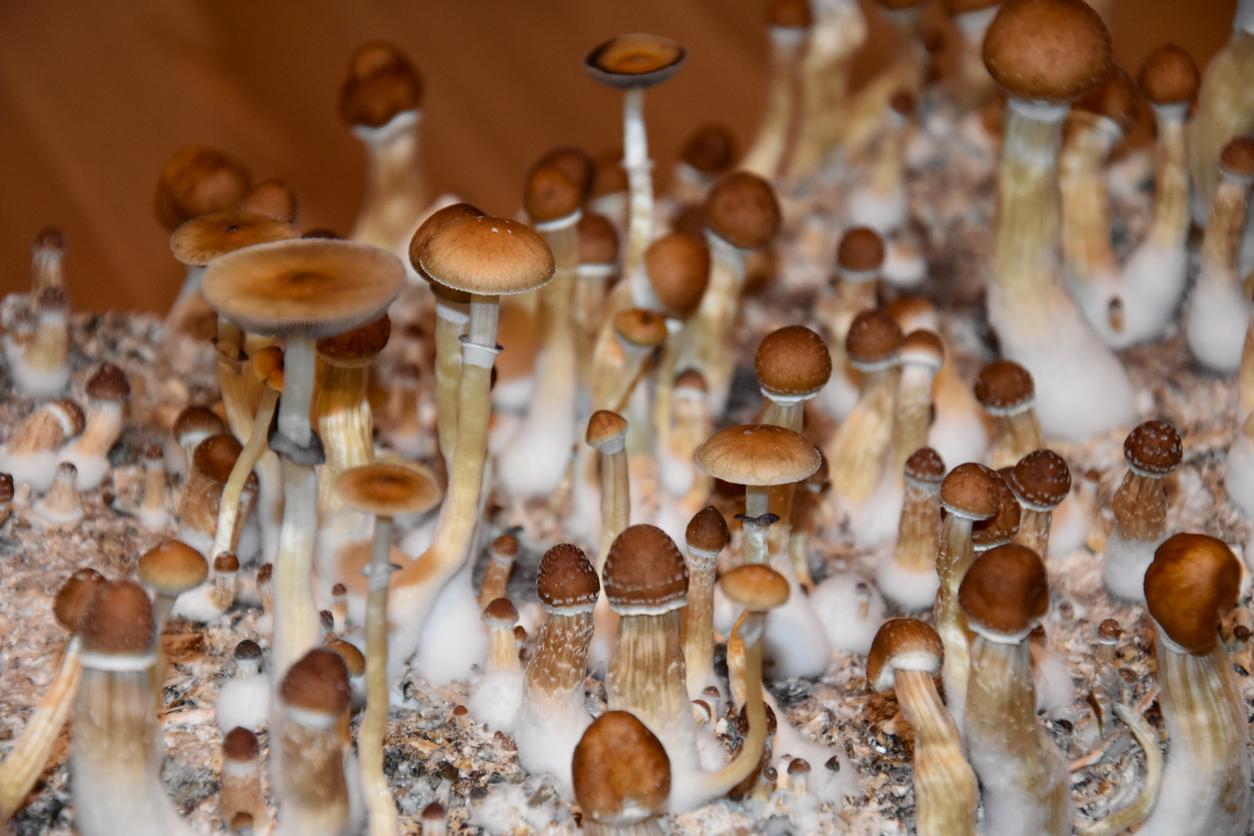A technique intended to glue brains back together after an operation has just been developed.
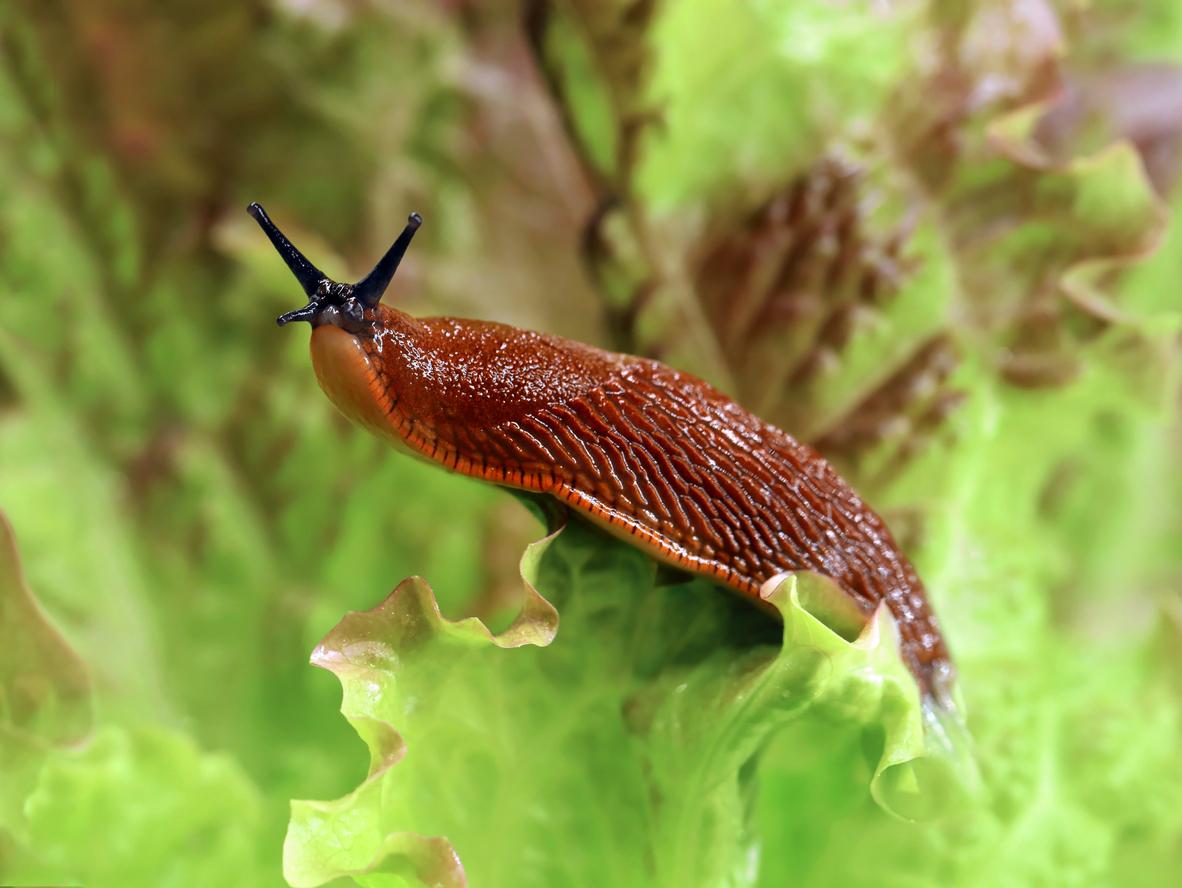
- Scientists have developed a new material capable of reattaching brains after an operation.
- This type of glue was named “Dural Tough Adhesive (DTA)”.
- “We are delighted to have opened a new perspective for neurosurgeons” say the researchers.
If we want to operate on the brain, we must first access it. This means breaking through the protective membranes that surround it and keep all the material inside. But how to close the membrane? Scientists believe they have found a solution that surpasses current surgical methods by taking inspiration from the slug.
How can the slug help put the brain back together?
During their research, a group led by Professor David Mooney of the Wyss Institute for Biologically Inspired Engineering (Harvard University) focused their attention on the mucus of slugs.
The Arion subfuscus slug secretes a very particular type of mucus, which it uses to avoid predation by sticking firmly to a surface. Taking inspiration from this mucus, the team produced a hydrogel composed of two polymer networks, associated with an adhesive layer composed of chitosan (material from which the exoskeletons of molluscs and crustaceans are made). The hydrogel thus obtained is called “Tough Adhesive”.
Hearing about this, neurosurgeon Kyle Wu and his colleagues thought this adhesive might be the ideal solution for repairing the brain’s outer membrane (dura mater) after surgery.
Suture and graft do not reattach the brain very well
“As neurosurgeons, we routinely open the dura to access the brain or spinal cord, but achieving a tight seal of the dura at the end of these procedures can be difficult in some cases. circumstances”, said Dr. Wu in A press release.
The usual options for dura mater repair are suturing or grafting. Surgical adhesives don’t work very well, mainly because the brain’s environment is quite moist. A good seal is essential, otherwise spinal fluid can leak out and cause a whole host of new problems for the patient.
Putting the brain back together using slugs, a new perspective
Combining their expertise, the collaborative team of neurosurgeons and bioengineers took inspiration from the original Tough adhesive to create a new version, this time called “Dural Tough Adhesive (DTA)”.
In a series of experiments, they tested it on tissues of human origin and on animal models, notably studying its effectiveness on the brains of rats and the spinal cords of pigs. DTA has proven to outperform currently available products in a range of tests.
It is hoped that with such positive results, further development could soon allow DTA to be used for real-world surgical operations.
“We are delighted to have opened a new perspective for neurosurgeons with this study which, in the future, could facilitate a large number of surgical interventions,” conclude the scientists.




